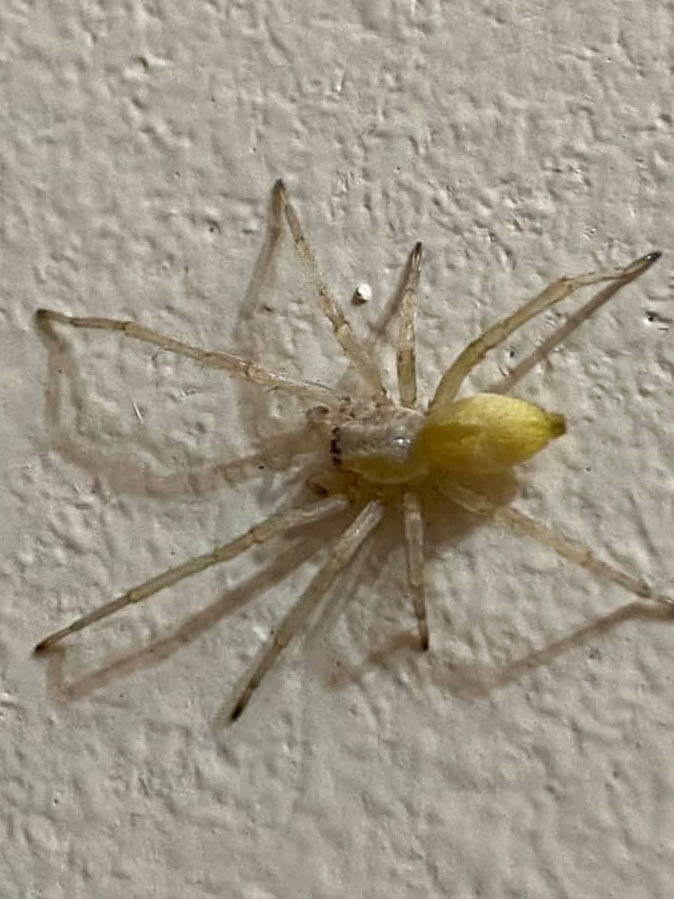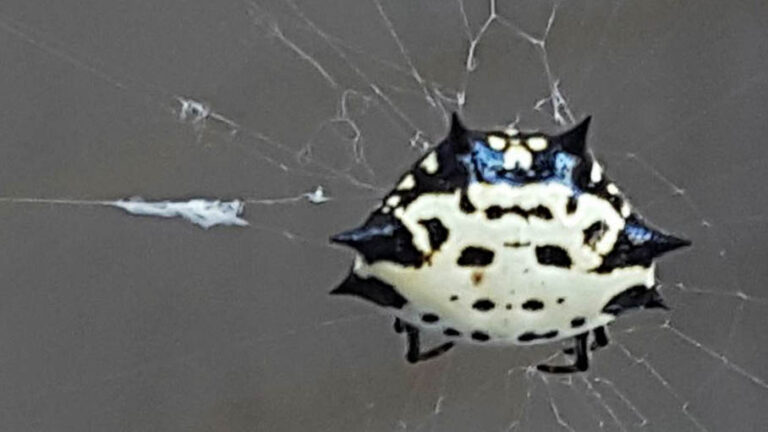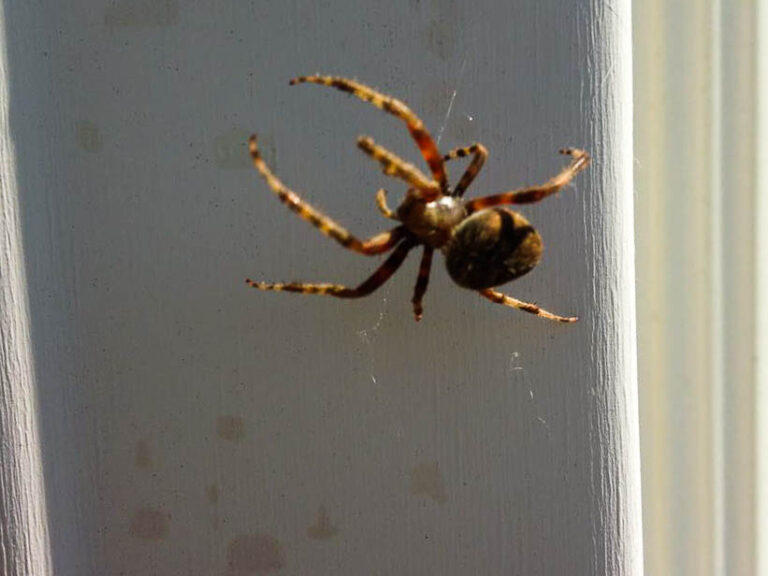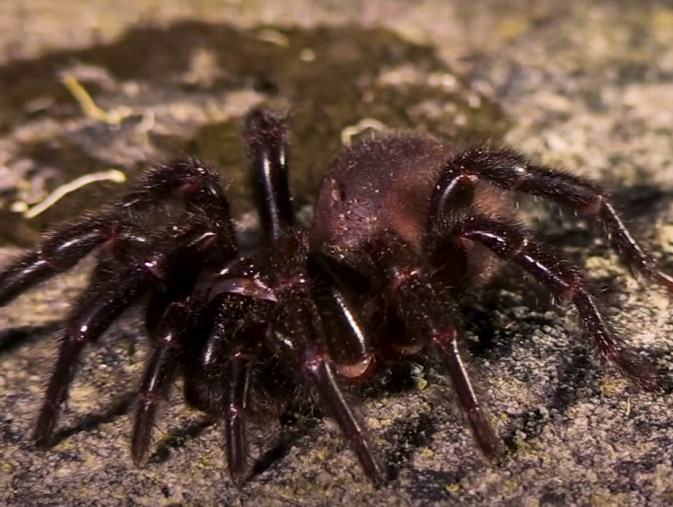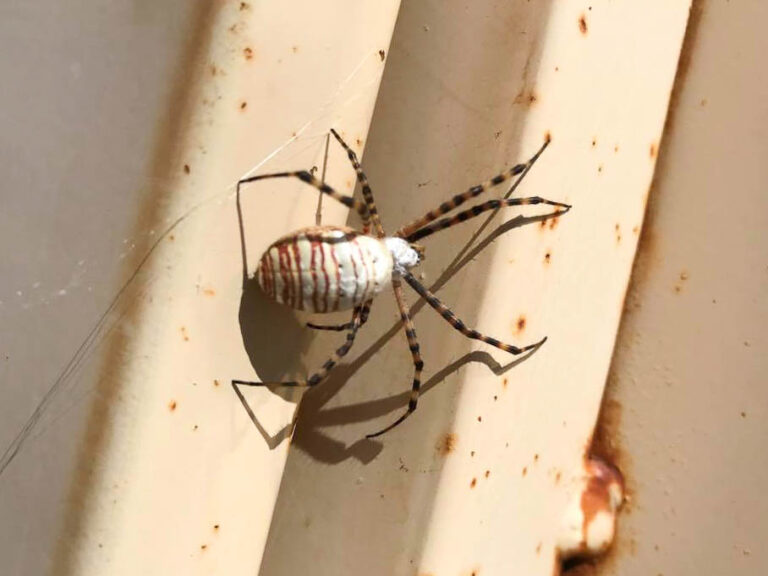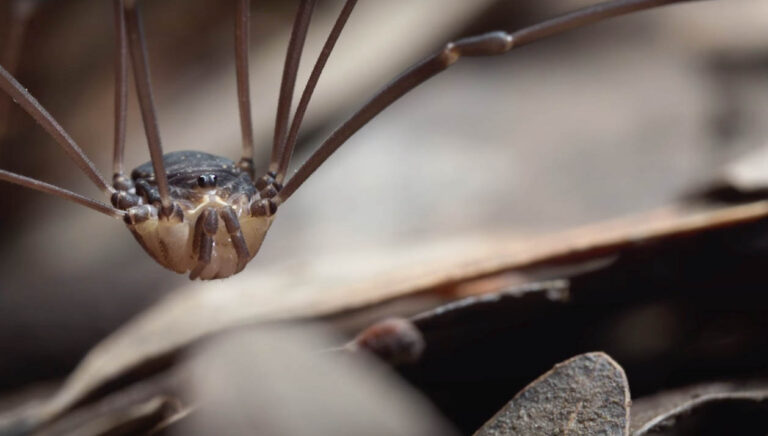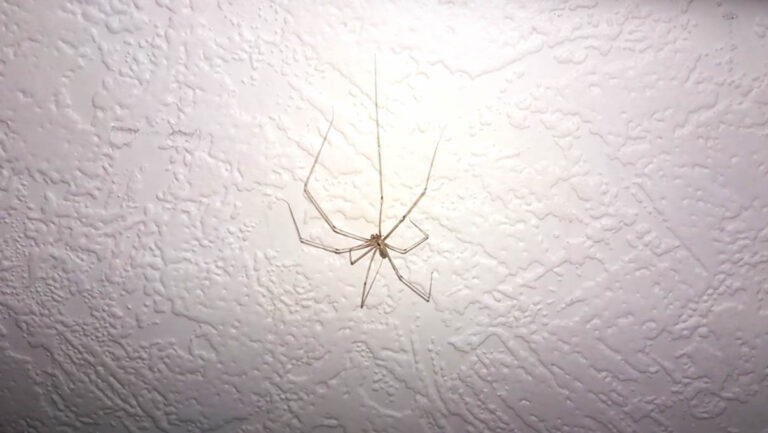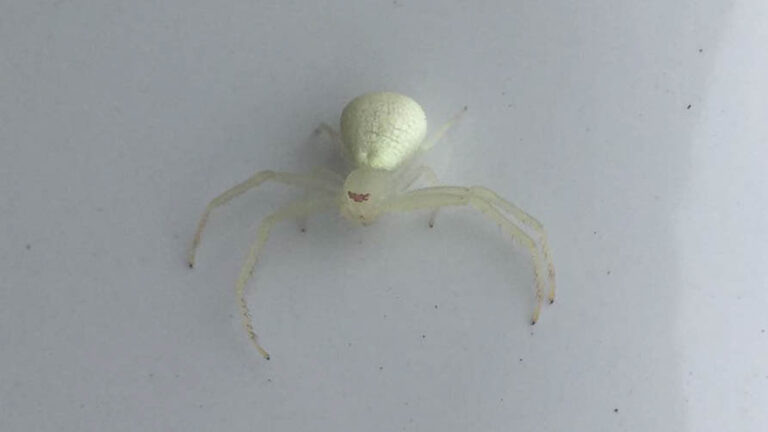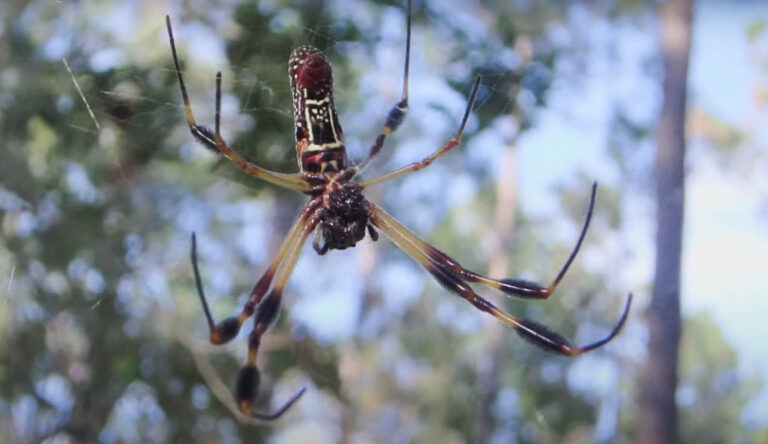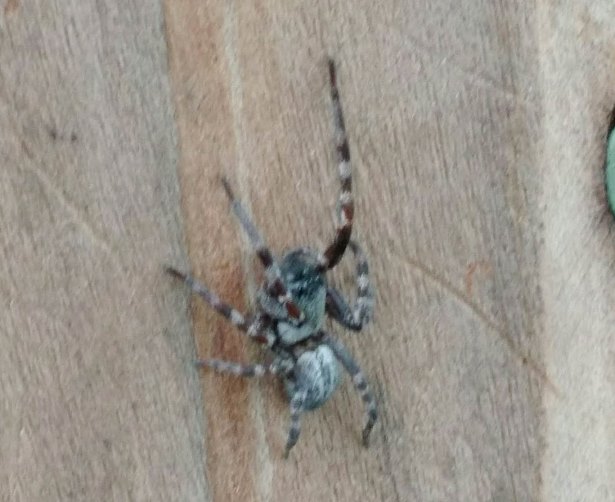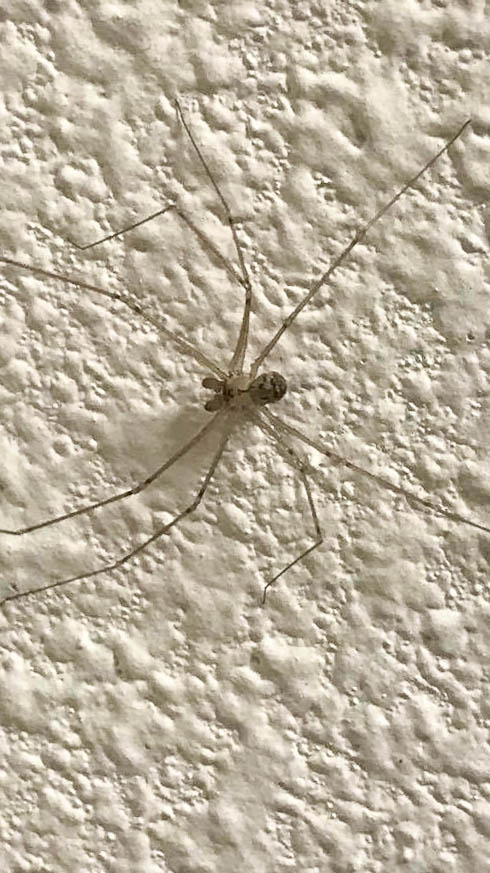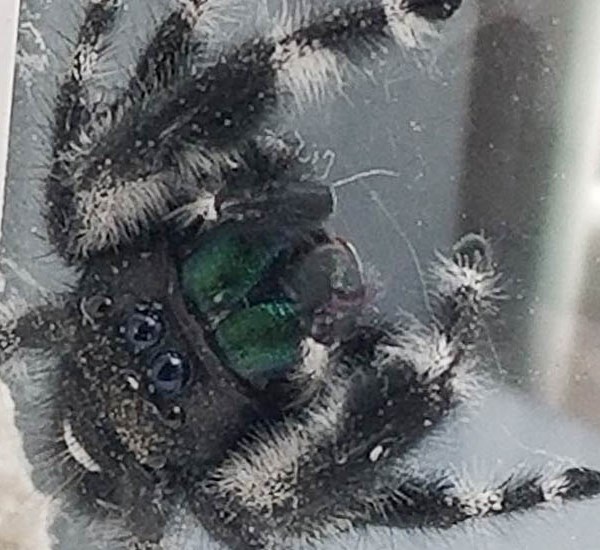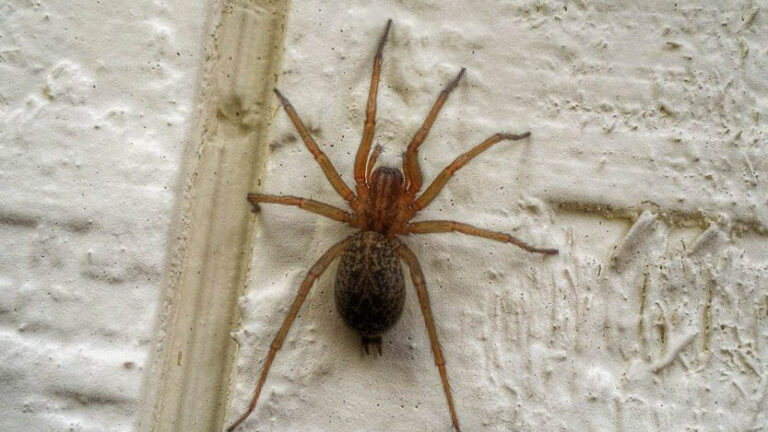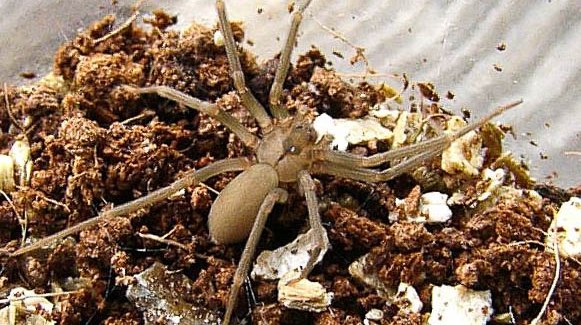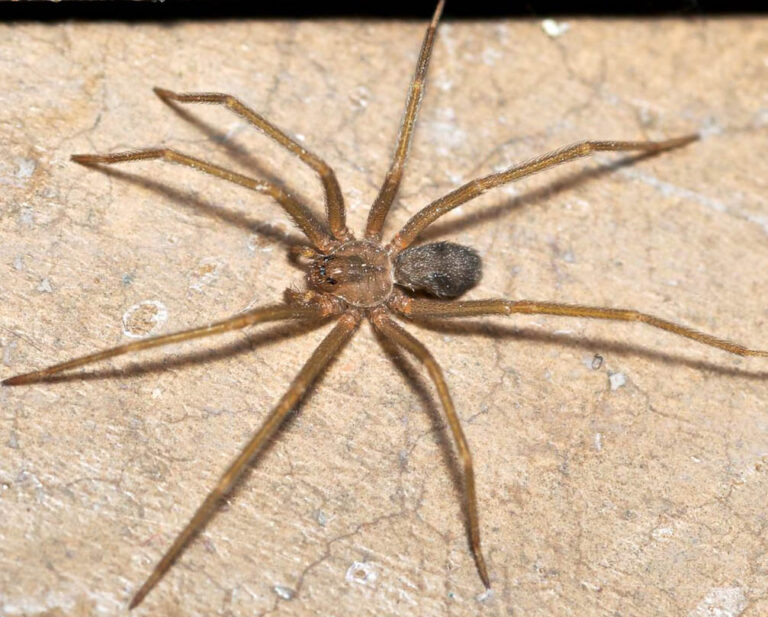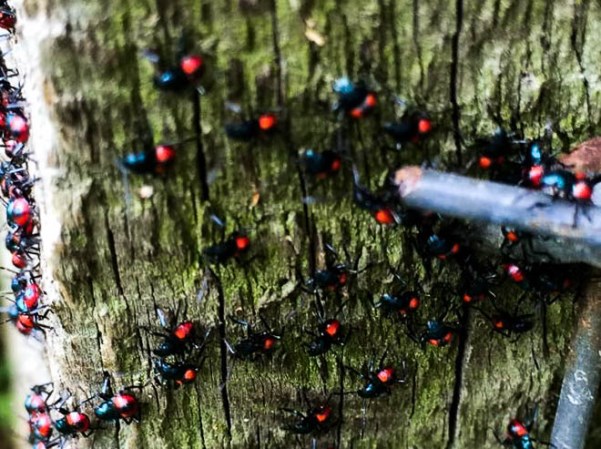About Crab Spiders
About Crab Spiders
Crab spiders belong to the family “Thomisidae,” which has over 2,000 spider species. They are also called the flower spiders or flower crab spiders. Crab spiders, as the name suggests, bear resemblance and characteristics to crabs. These creatures sometimes walk sideways and backward. Also, they have short and flat bodies, just like crabs. A crab spider’s venom can kill a larger animal than themselves though it is not lethal to humans. Unlike other spider species, crab spiders do not build snare webs. Instead, they either go out and hunt or wait for their prey to emerge and then pounce on them.
Appearance
Crab spiders have two body parts; cephalothorax and abdomen. The cephalothorax consists of the head and thorax, while the abdomen consists of book lungs and spinnerets. They have eight legs and two protruding palps acting as sensory organs, used as genitals during mating. In addition to that, the palps help in seizing prey. The first pair of legs are larger than the rest and are widely spread apart to help hold the prey. These spiders settle in environments that best match their color. Due to their color match preference, crab spiders can camouflage to get to their prey. Additionally, it helps them hide from their predators. They are either small or middle-sized, ranging from 2 to 10mm. The females appear bigger than males with long legs and darker patterns.
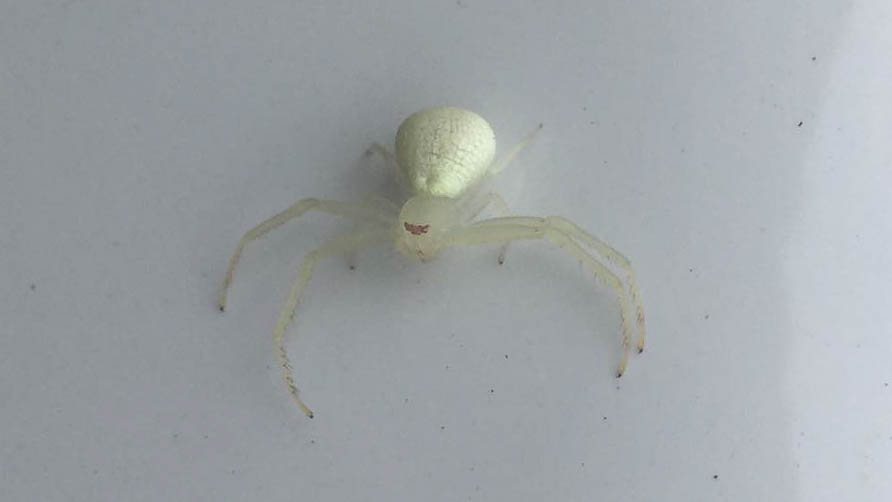
Behavior
Crab spiders have poor vision. Therefore, they only see their prey in close range. On the brighter side, they can sense movement up to 25 cm away. When hunting, they don’t move a lot. Instead, they stay put and wait for their prey to close in on them.
When hunting, they use their pedipalps to grasp their prey and doze them with venom to make them easy to feed on. The enzymes in the venom break down the prey to enable them to feed easily. Crab spiders do not stay in webs. Instead, they just lay down silk threads that they use to climb down and up. Besides that, they switch from one color to another, depending on the environment they live in.
Life Cycle
The life cycle of a crab spider begins with the eggs hatching into young spiderlings looking like small adults. The spiderlings then go through a molting period before they mature into adult crab spiders. The species living in tropical areas are presumed to have a longer lifespan. Mature males locate their female mating partners using their sensory cues.
Alternatively, they follow the drop-down threads hoping to find mature females. Once located, the males deposit their sperm in the sperm web and take them back using the pedipalps. The process is termed induction—it can take minutes to hours. The process can be done before or after the mate has been identified. It then uses the palps for insemination.
Habitat
Crab spiders are mostly found in vegetated regions, tropical rainforests, grasslands, gardens, and meadows. They can’t survive in arid conditions. In addition to that, they feed on various insects. Therefore, they can live in any place with plenty of insects and also feed on nectar and pollen grains from flowers.
Are Crab Spiders Harmful?
Crab spiders, like any other arachnids, produce venom. Their venom is believed to be strong enough to kill larger prey than the spider itself. These small insects, however, do not pose a significant danger to humans since their bites can’t break the skin. If you are bitten by a crab spider, you’ll experience pain, then swelling in the affected area. Clean the site with water and soap or apply an antihistamine to ease the pain.
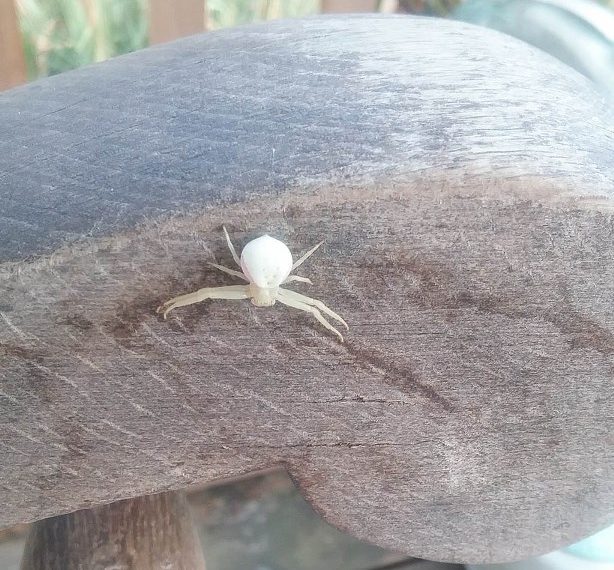
How to Control Crab Spiders
Since crab spiders can easily become a nuisance in your home, the following tips can help you stay safe from these annoying critters.
- Ensure your compound is free from pollen-producing plants
- Keep all plant remains at par
- Clean your compound regularly with water and a broom
Alternatively, using a contact insecticide with a formulation of bifenthrin that kills and leaves residue also works well. The residue will kill any new spiders invading your home. Besides, spraying organic spray with neem oil extract works wonders—though they lack residual effects.

